Introduction: The Rise of Self-Contained Travel Trailers
In an increasingly mobile world, the demand for self-contained travel trailers has surged. These versatile vehicles, equipped with essential utilities, make for convenient, off-grid travel experiences. Whether you’re a seasoned traveler or a novice adventurer, converting your travel trailer into a self-contained unit can significantly enhance your road trips, providing not only flexibility but also a sense of independence. This comprehensive guide will explore the necessary steps, tools, and considerations required for the successful transformation of your travel trailer.
Understanding the Essentials: What Does “Self-Contained” Mean?
A self-contained travel trailer typically includes the following amenities:
- Onboard Water Supply: A fresh water tank, capable of holding a sufficient supply for daily use.
- Waste Management System: An efficient gray and black water tank system to manage wastewater.
- Power Sources: An appropriate battery system or generator for independent power supply.
- Cooking Facilities: A stove, microwave, or combination of both.
- Heating and Cooling Systems: Options for maintaining comfortable temperatures within the trailer.

The Benefits of Self-Containment
- Independence: Enjoy nature without relying on external hookups.
- Versatility: Ideal for various environments, from campgrounds to remote locations.
- Convenience: All amenities at your fingertips enhance the camping experience.
Step 1: Assess Your Travel Trailer’s Current Setup
1.1 Evaluate Dimensions and Structure
Before embarking on the transformation journey, measure your travel trailer’s dimensions, understanding the available space for any modifications. Take note of:
- Interior Layout: Identify existing furniture that may impede installation.
- Cabinet Space: Assess where water tanks or solar batteries can be placed without compromising space.
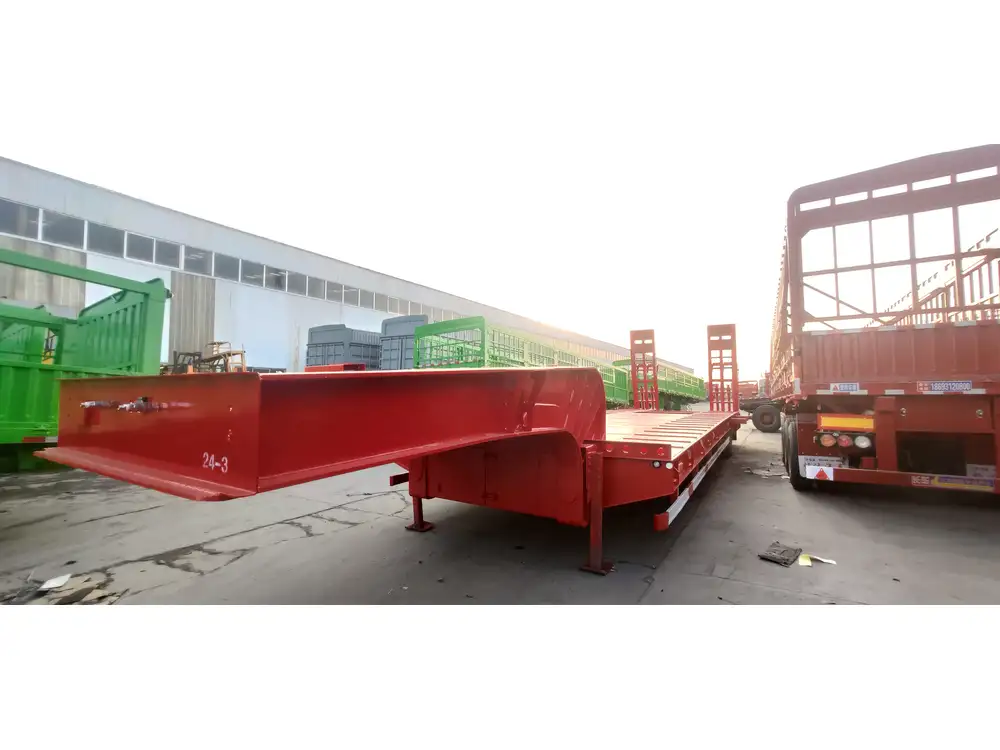
1.2 Begin with the Basics: Safety Checks
Conduct a thorough inspection of your trailer’s systems:
- Electrical Systems: Ensure wiring is functional and accessible.
- Plumbing Status: Check for existing plumbing and the condition of water lines and fixtures.
- Structural Integrity: Inspect for leaks, rot, or signs of wear in walls and floors.
Step 2: Install a Fresh Water System
2.1 Selecting the Right Water Tank
Choose a fresh water tank that fits your space requirements. Consider the following:
- Tank Size: Aim for a capacity that meets your intended travel duration.
- Material: Food-grade polyethylene is recommended for safety.
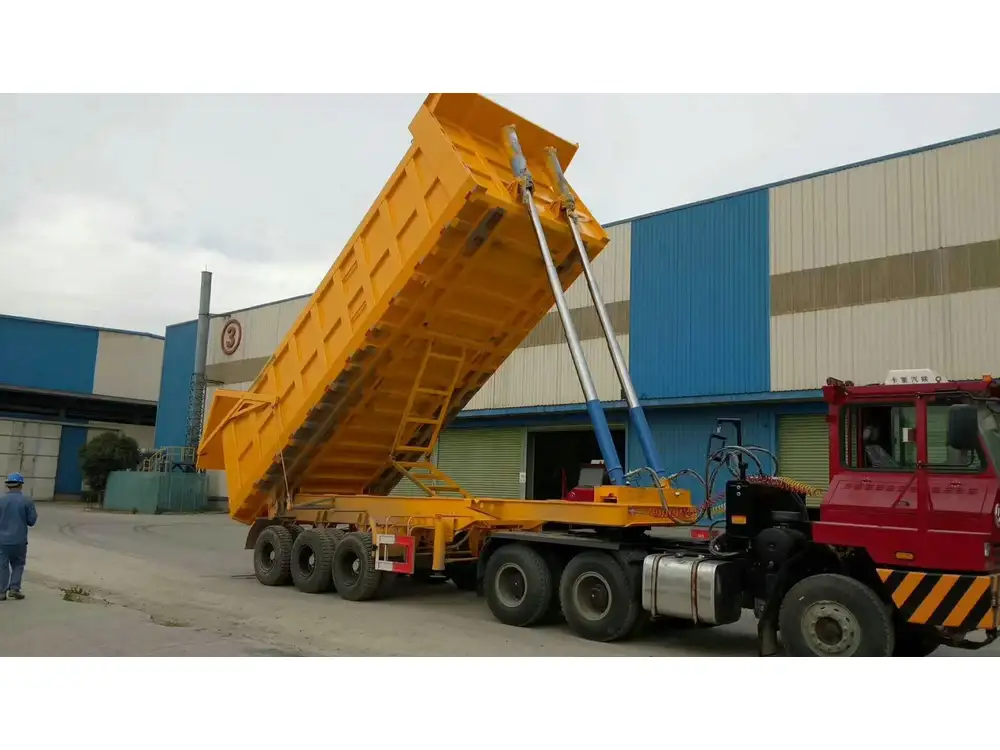
2.2 Water Pump Installation
Install a water pump to facilitate movement from the fresh water tank to taps.
Key Considerations
- Pump Type: A 12V RV water pump is commonly used.
- Mounting Location: Ensure easy access for maintenance.
2.3 Plumbing Connections
Connect your plumbing system from the water pump to designated spots such as the sink and shower. Utilize:
- Flexible Hoses: For easy routing through tight spaces.
- Shut-off Valves: To control water flow.
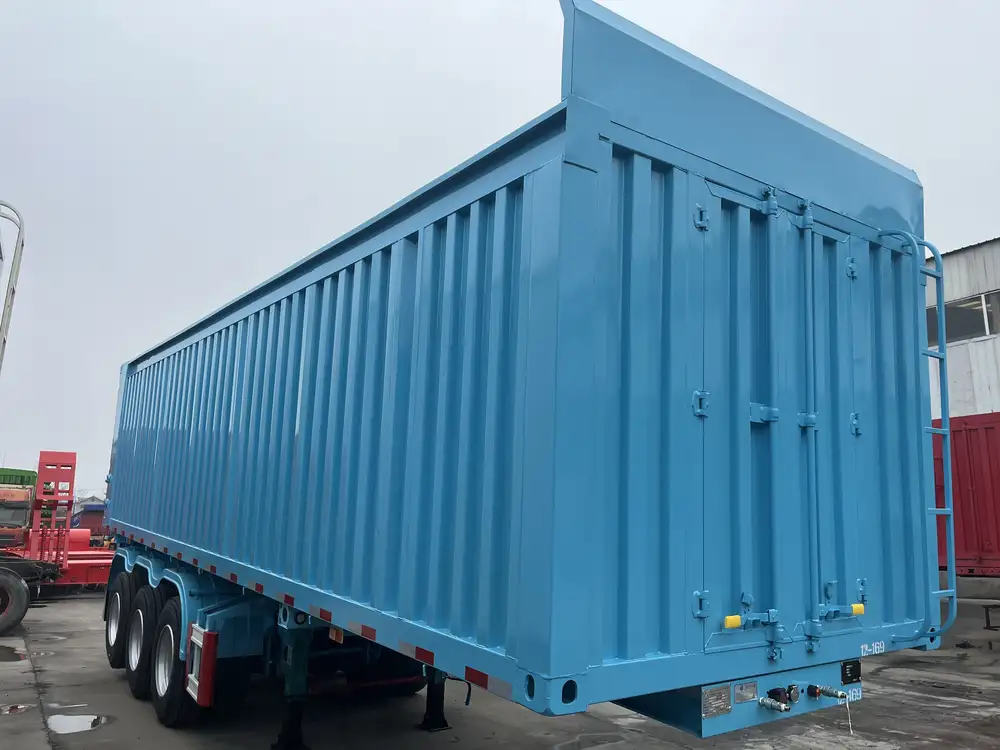
Step 3: Establish a Waste Management System
3.1 Black and Gray Water Tanks
Select appropriate tanks for waste management:
- Black Water Tanks: Store sewage from toilets.
- Gray Water Tanks: Collect wastewater from sinks and showers.
3.2 Installing the Waste System

Key Components:
- Seals and Fittings: Ensure effective sealing to prevent leaks.
- Drain Valves: Install accessible locations for draining the tanks.
3.3 Connecting the Toilet
Consider a composting toilet for eco-friendly waste management, or a traditional RV toilet can be an option.
Installation Tips:
- Ventilation: Ensure proper airflow to prevent odors.
- Accessibility: Position for easy access within the trailer layout.
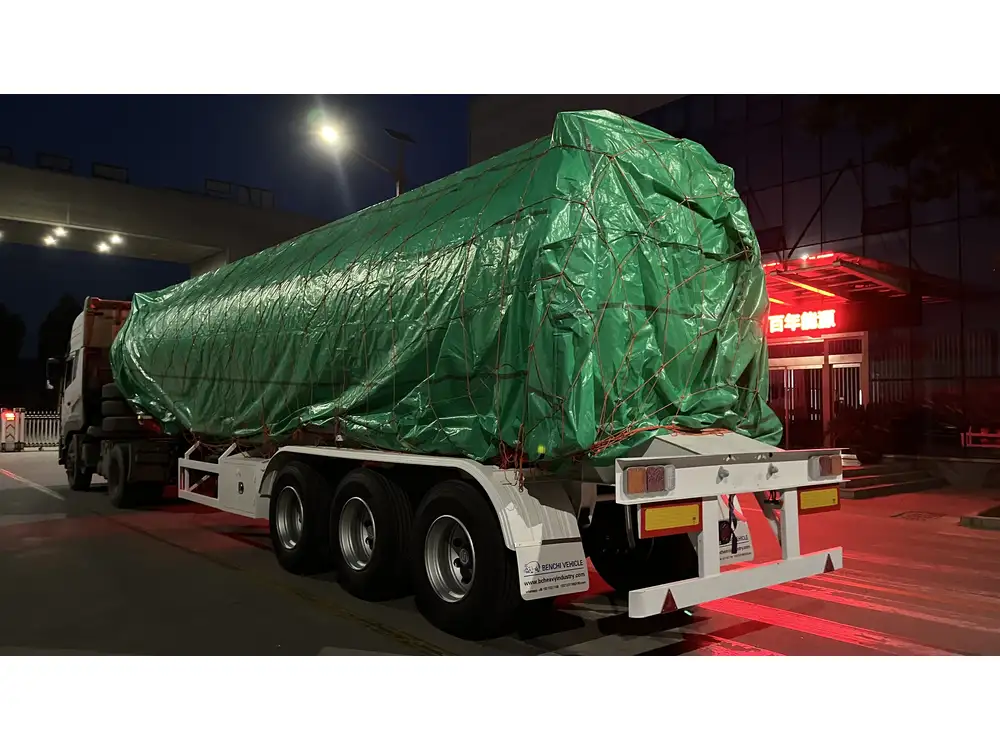
Step 4: Power Up: Electrical Systems
4.1 Power Source Options
Off-Grid Power Supply
- Batteries: Invest in deep-cycle batteries for long-lasting power.
- Solar Panels: To harness energy from the sun, install panels on the roof.
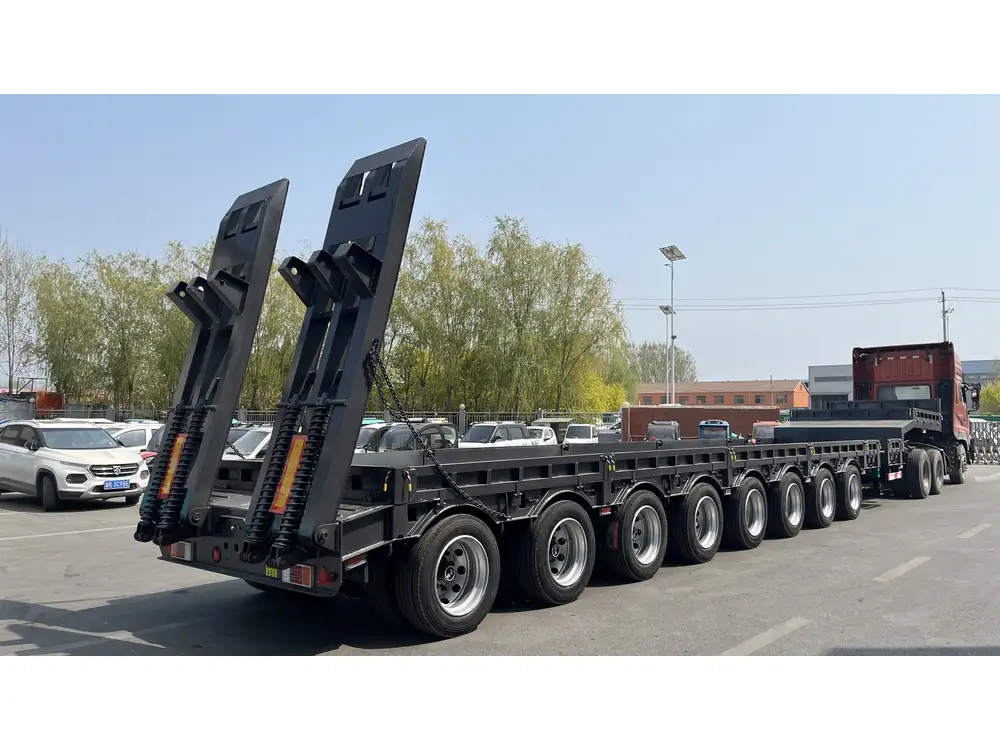
Generator Backup
- Portable Generators: An excellent option for added power, especially for high-demand appliances.
4.2 Electrical System Installation
Key Electrical Components:
- Inverter: Converts DC to AC power for common household appliances.
- Wiring: Use appropriate gauge wiring to handle the expected load.
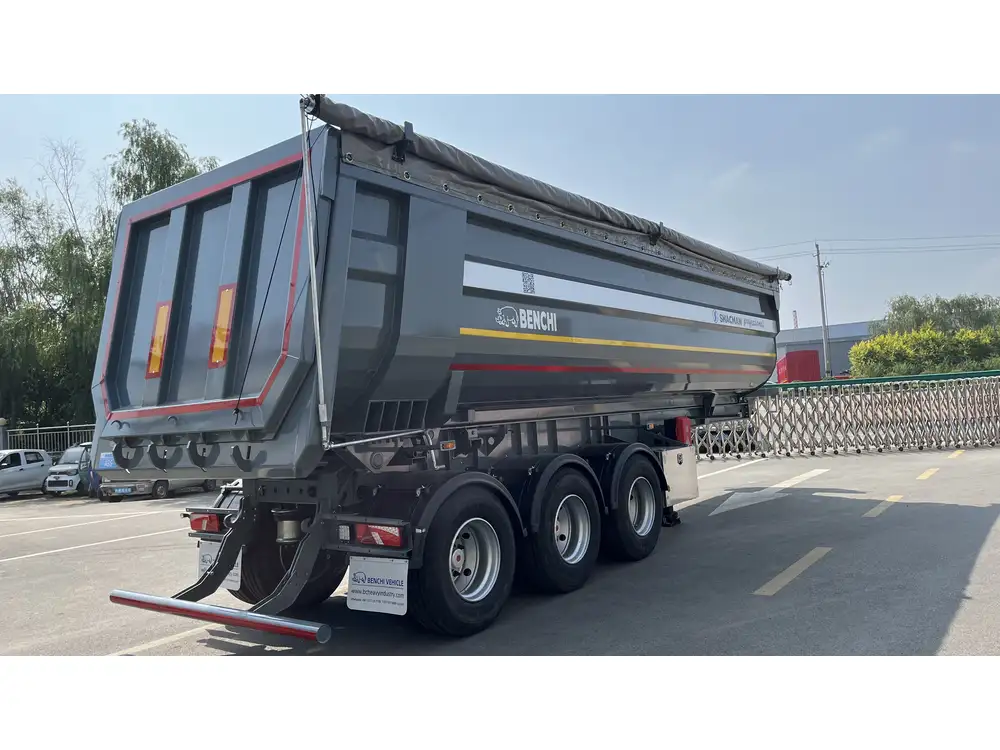
4.3 Setting Up Lighting
Replace standard incandescent bulbs with LED lights for efficiency.
Checklist for Electrical Safety
- Circuit breaker installation is crucial for safety.
- Utilize surge protectors to prevent damage from electrical spikes.
Step 5: Cooking Facilities
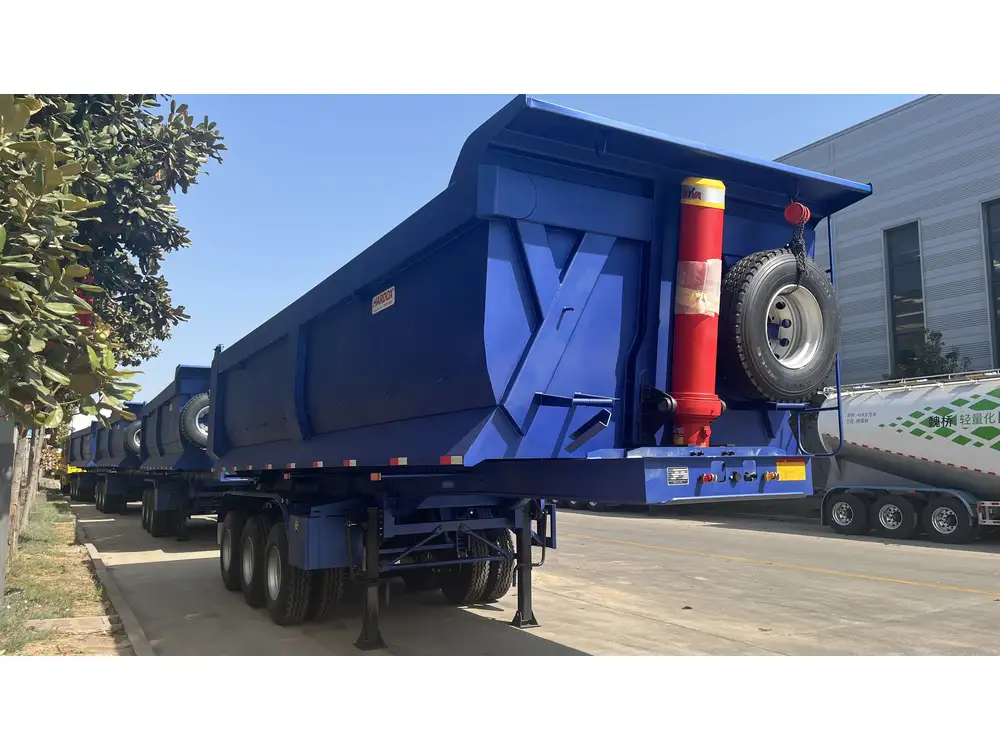
5.1 Choosing Your Cooking Setup
When converting your trailer, consider the following culinary options:
- Gas Stove: For traditional cooking, but requires proper venting.
- Electric Stove: Suitable if you have a reliable electrical source.
5.2 Installing Kitchen Appliances
Create a functional kitchen area that may include:
- Microwave: Ideal for quick meals.
- Refrigerator: Choose a compact, efficient model.
5.3 Ensuring Proper Ventilation
Install vent fans to minimize heat and cooking odors, especially if using a gas stove.
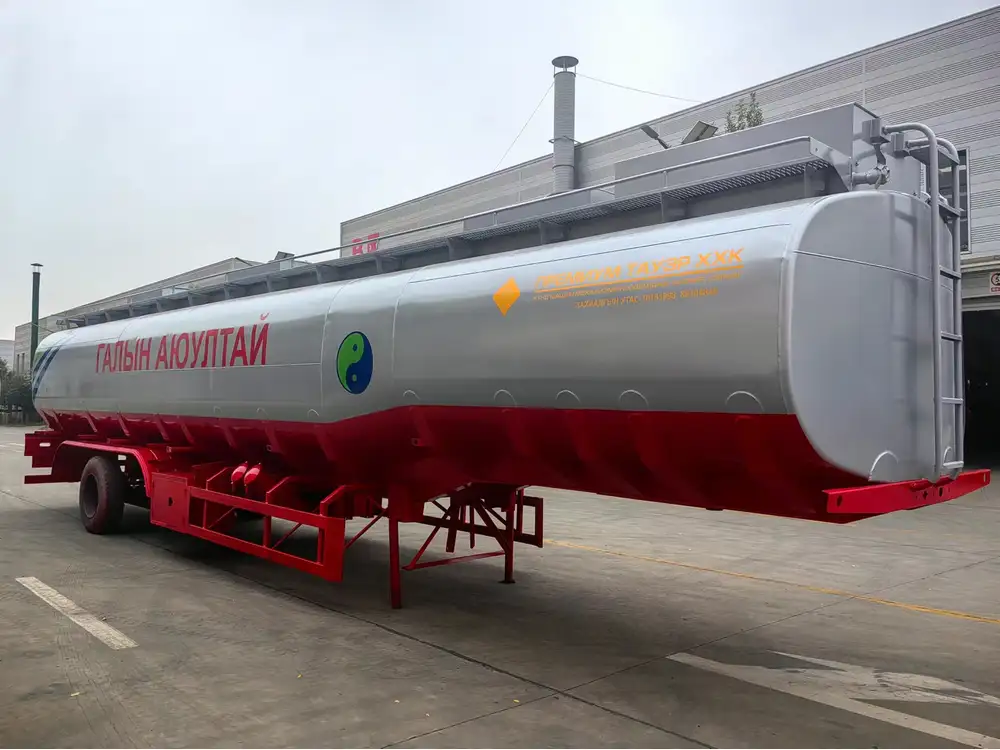
Step 6: Thermal Comfort: Heating and Cooling Systems
6.1 Heating Options
During colder months, maintain comfort with options like:
- Propane Furnace: Efficient for sustained warmth.
- Electric Heater: Works well when connected to an adequate power source.
6.2 Cooling Solutions
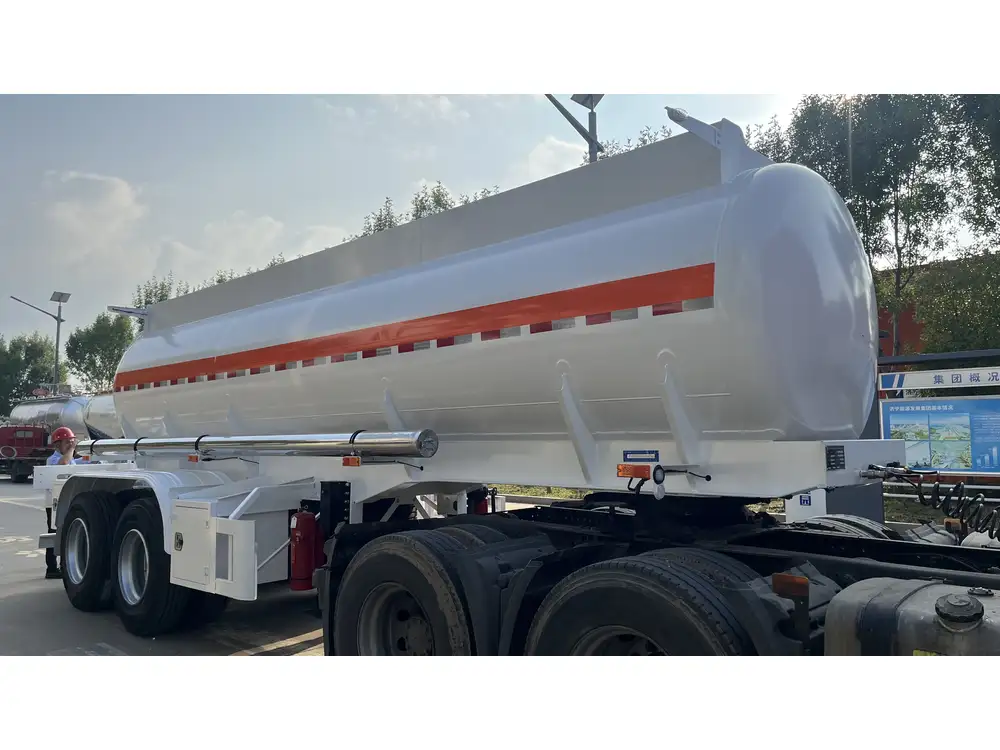
Air Conditioning Units
Select an AC unit compatible with RV use, considering:
- BTUs: Ensure the unit has sufficient capacity for your space.
Ventilation Fans
Add roof or exhaust fans to enhance airflow in warmer climates.
Step 7: Finishing Touches and Aesthetic Improvements
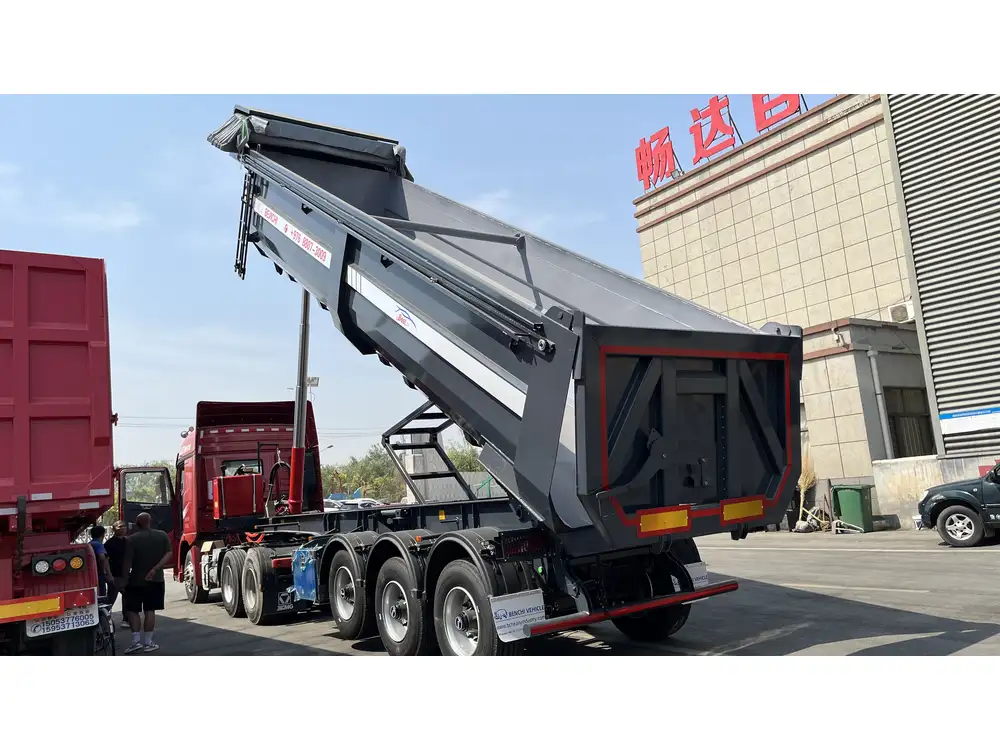
7.1 Interior Design
Space Optimization Tips
- Multi-Functional Furniture: Implement furniture that serves dual purposes.
- Light Colors: Utilize light palettes to create an illusion of more space.
7.2 Safety Features
- Fire Extinguishers: Install easy-to-access extinguishers.
- Smoke Detectors: Fit detectors to enhance safety against potential fire hazards.

Conclusion: Your Self-Contained Travel Trailer Awaits
Transforming your travel trailer into a self-contained unit can be a rewarding endeavor, providing you with the comfort and convenience needed for adventures of any length. By following the outlined steps, you ensure that your trailer is equipped with the essential amenities to offer an exceptional traveling experience. Embrace the freedom of the open road with all the comforts of home and embark on countless adventures with your newly converted, self-contained travel trailer.
Additional Resources
| Topic | Resource Link | Description |
|---|---|---|
| DIY Trailer Conversions | DIY RV | Full guide on various RV conversions |
| Best Water Pumps | RV Water Pumps | Comparison of the best pumps for RVs |
| Solar Power for RVs | Solar for RV | Information on setting up solar for remote travel |
Now that you have all the essential details needed to convert your travel trailer into a self-contained unit, it’s time to put your plans into motion. Whether you choose to tackle the project yourself or hire professionals, this transformation can lead to extraordinary travel experiences. Embrace the journey towards self-sufficiency in your travel endeavors!



